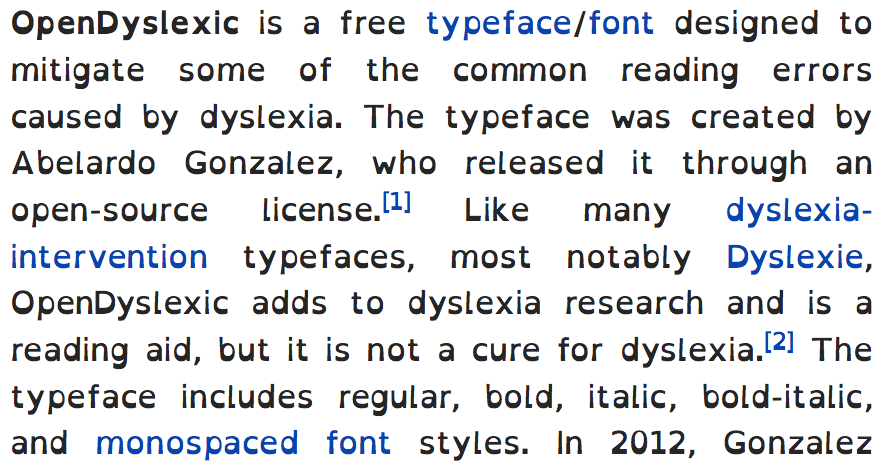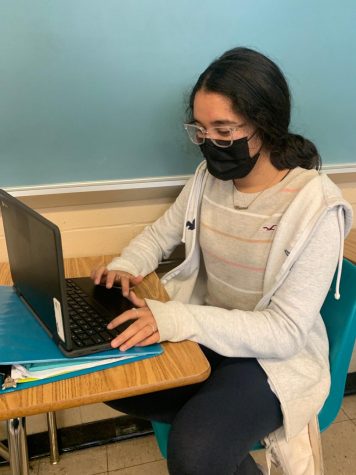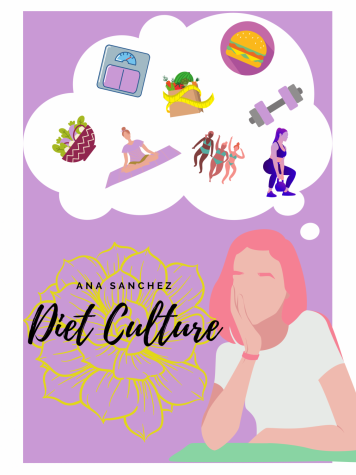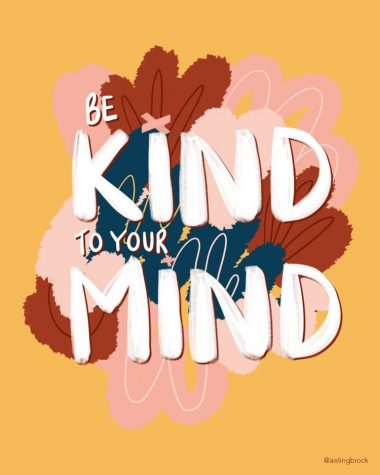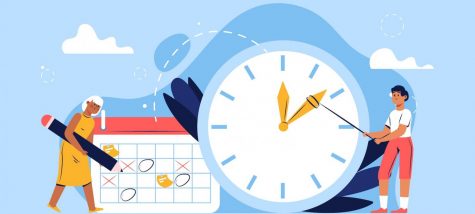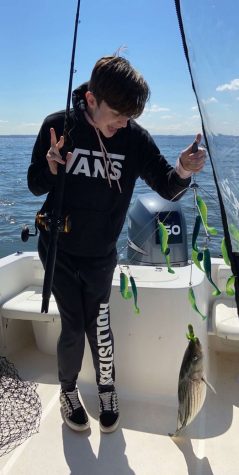Ms. Ortiz, the teacher in training and her insight on dyslexia
March 18, 2021
Ms. Ortiz is a Special Education and English major from Kean University that is looking to become a teacher. She was assigned to John F. Kennedy High School through an internship program to get hands-on training in the education field. Currently, Ms. Ortiz has been working side-by-side with Mrs. Kenny in English 1 Honors, although she will rotate to different classes. Ms. Ortiz was inspired to choose this profession due to her personal experiences of being a student with Dyslexia.
Dyslexia
Dyslexia is characterized as a learning disorder, mainly regarding reading and writing. People with Dyslexia have trouble deciphering words. Dyslexia patients report having words being jumbled up and hard to read. This is not due to their vision, but their brains that perceive the image then rearranges the letters. Dyslexia isn’t exactly a disease nor can it be cured. Although, doctors have introduced specialized fonts, such as Dyslexie that can be accessed in many word document forms. These fonts make it easier for people with Dyslexia to read without disruption.
Struggles in School
Ms. Ortiz shared some of the negative aspects of being a Dyslexia student, “Like you know when you have to read out loud. When the teacher be like oh Alyssa read this, I’d always had trouble with that part of it. I would stumble over my words and pronounce things wrong. I didn’t like the pity I got from my classmates. They would like to shout the words for me so I wouldn’t have to read it. I didn’t like the idea that they thought I needed more help and that I needed their pity.”
Although, Ms. Ortiz had learned to take those uncomfortable events with a grain of salt and used them as inspiration. “That gave me a drive to push harder in school. I didn’t want people to think that I needed help or that I couldn’t do what they could do you know.”
Taking the Next Step
Inspired to help students like her, Ms. Ortiz chose to become a teacher. She has several initiatives in mind to make the education setting more inclusive towards students with learning disabilities. The most important one is to integrate her students with worthwhile morals. “What I would want all of my students to know is patience and acceptance. When you have a learning disability you also have to learn to accept that yourself… like maybe my brain does work differently. Maybe I do need a little extra help, and once you get into that mindset it’s easier to accept needed help.”
Along with integrating morals like patience and acceptance, Ms. Ortiz believes that communication is key. “It has to be talked about more openly to understand that it’s not necessarily a bad thing.”
The Takeaway
As a person with Dyslexia, Ms. Ortiz had trouble with reading, yet she is facing it head-on by majoring in English. Passion comes to beat skill when given enough effort. Along with that, Ms. Ortiz is using her negative experiences as inspiration to push her towards helping others. This goes to show that everything comes down to mindset, and you can even use your worst experiences to your benefit. Optimism is Ms. Ortiz’s way of life and it can be incorporated everywhere as you wish. “Right now, times are hard, we are all online and we are not getting to socialize like we used to and the world just seems a little off. A lot of people have to start looking at it like, this can’t last forever, and to [use this time to] get good at what you love. You have to look at it as like this is the time that you could spend perfecting your craft.”

